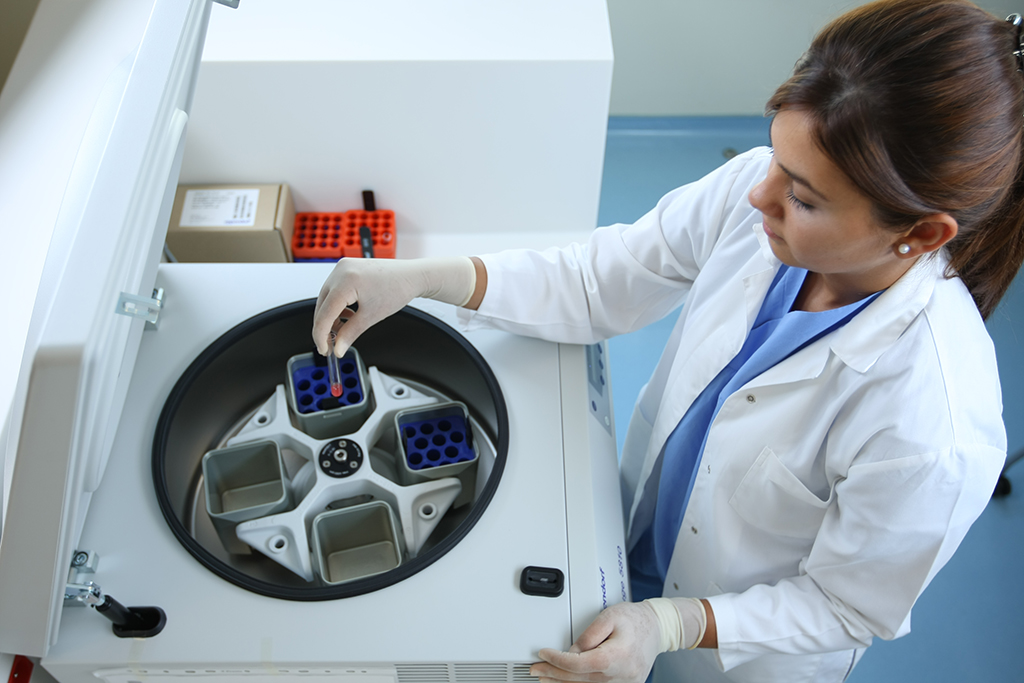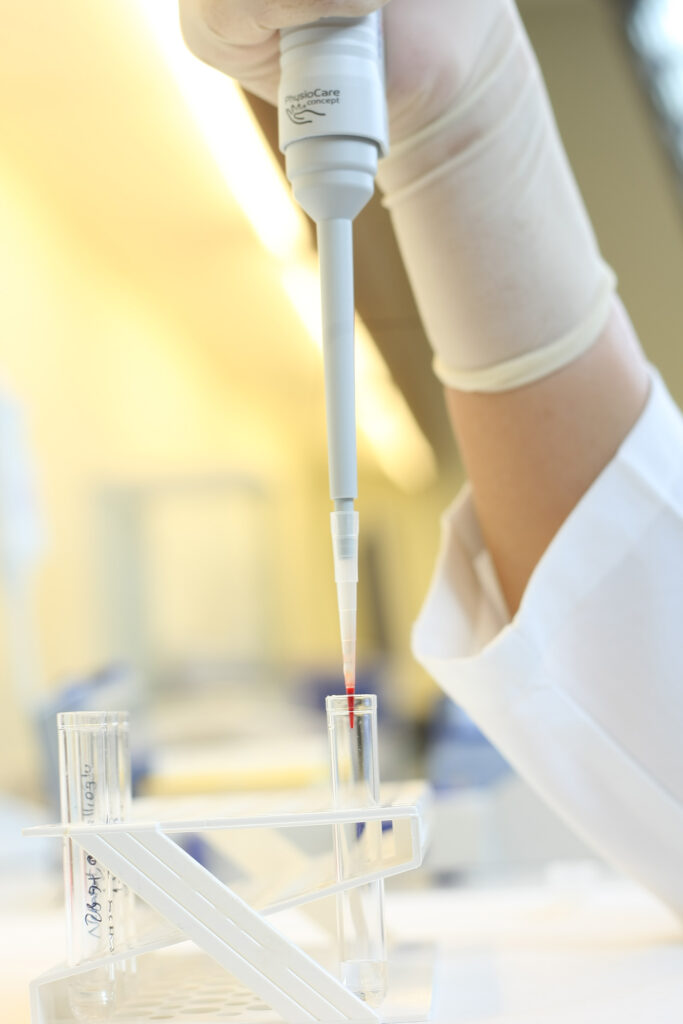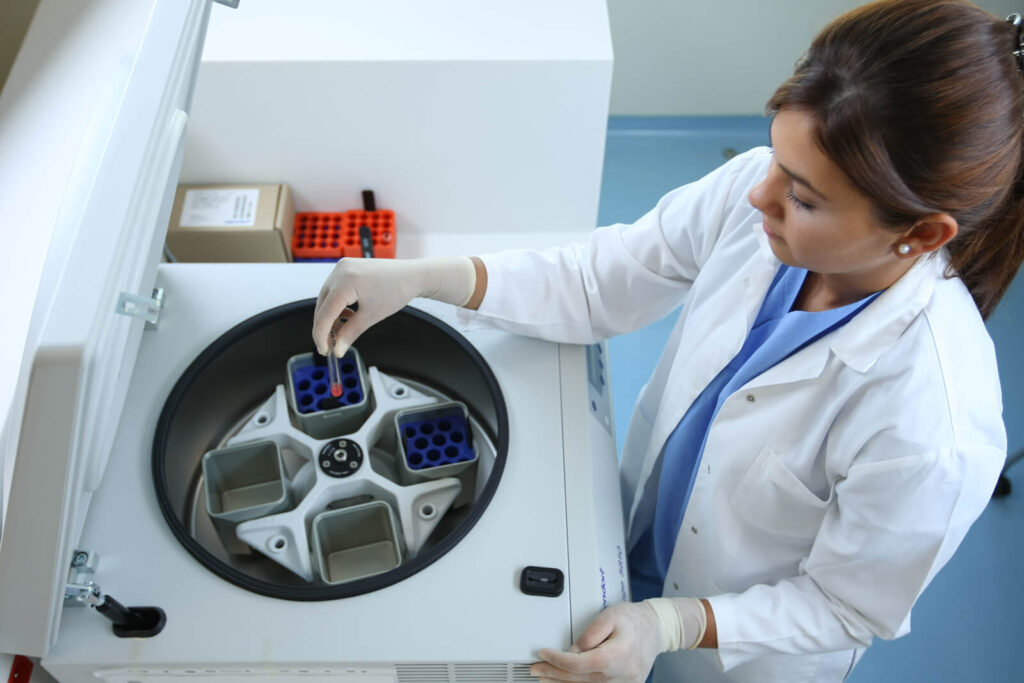Acute lymphoblastic leukemia
Acute lymphoblastic leukemia (ALL) is a fast- growing blood cancer that starts in disease- fighting lymphocytes of your immune system. In ALL, bone marrow makes too many immature lymphocytes called lymphoblasts. Lymphoblasts can crowd out other blood cells causing blood to not work as it should. Acute leukemias grow faster than chronic leukemias. ALL most …






